Browse
This page includes all videos that are currently tracked within the database, grouped by the Series that they belong to.
Video Series (Projects)
Found 30 series stored in the database.
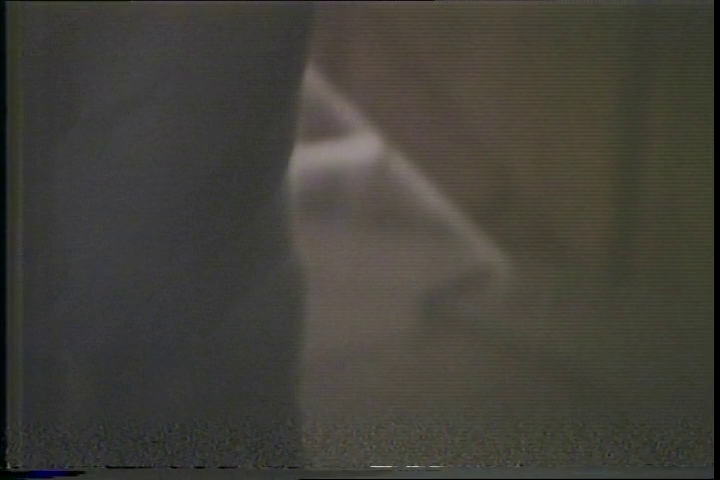
7 videos in series
This video captures guests participating in Wendy’s Interactive Video exhibit. Multiple installation pieces are shown, including The Hand, The Chair, and Self-Portrait.
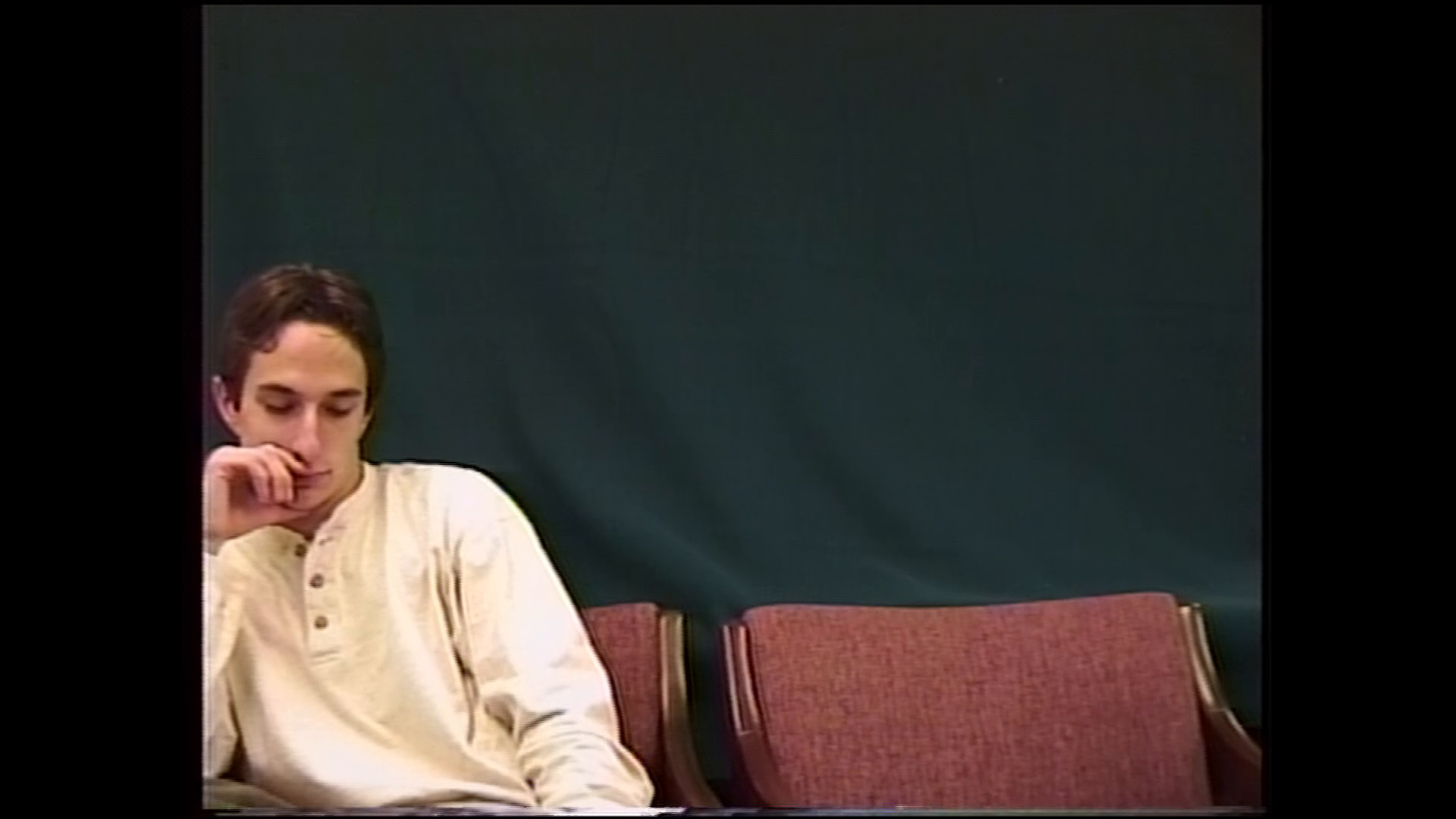
107 videos in series
L.A. Link (1995–1998) was a video peer support network for young people. In 1996, the project connected youth from diverse cultural backgrounds in Crenshaw and Santa Monica through a real-time network. Two years later, L.A. Link connected Jewish and Japanese American teens who had family members in concentration camps.
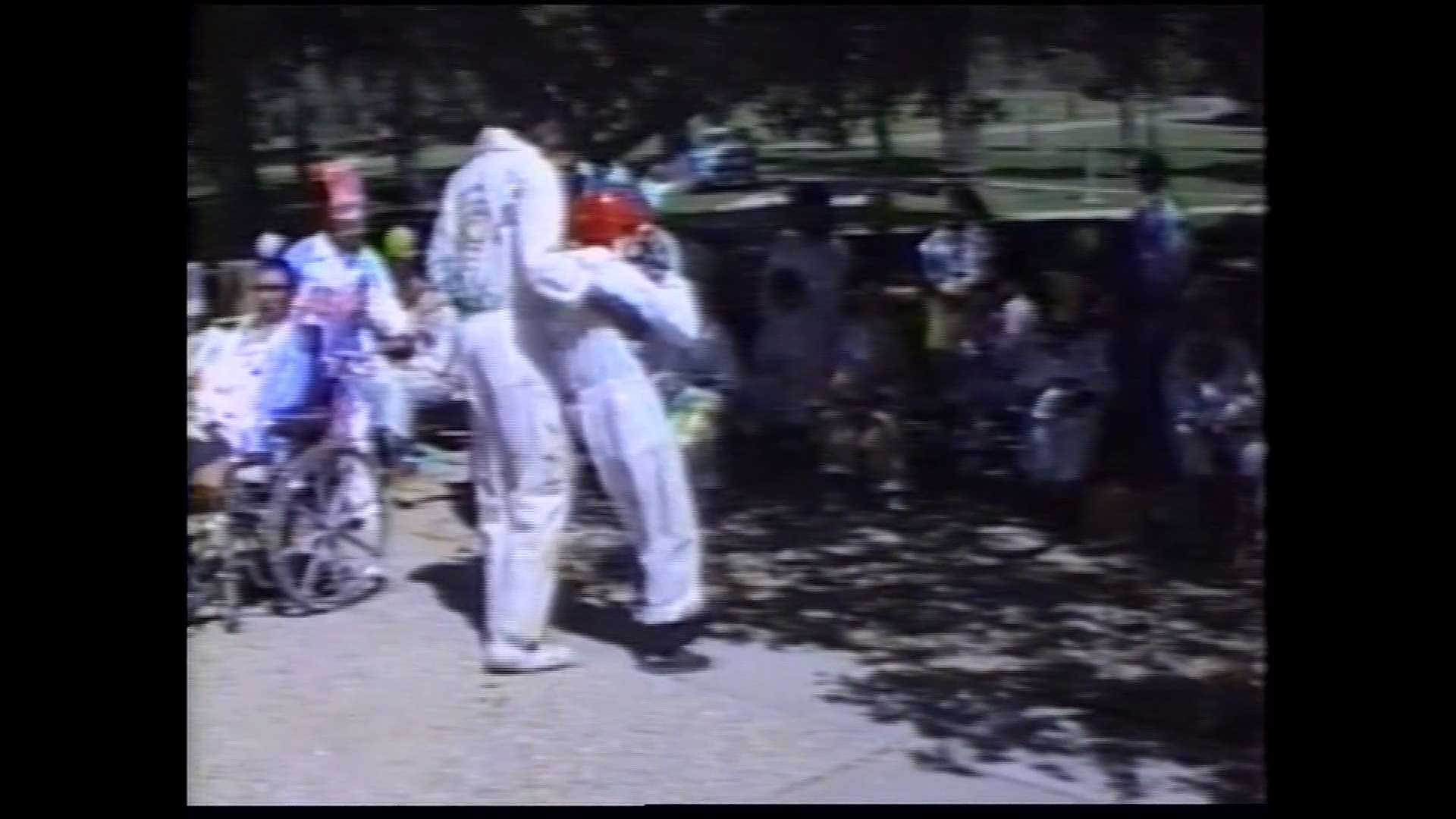
14 videos in series
In 1989, Wendy worked with people with mental illnesses at the Learning Center in Los Angeles. There, she worked alongside other artists to create multiple art-based workshops, including mask making, theatrical performances, painting, and drawing.

265 videos in series
In 1977, Wendy Clarke shared her video diaries with Shirley’s graduate students at UCLA, which led five of them to create their own tapes. The format for the Love Tapes was a result of this session with the UCLA students: people watch other “love tapes” and then record their own by sitting in front of a camera and monitor so that they can look at themselves while they talk about love for three minutes. After recording their tape, the participant would view it and decide either to have it erased or to sign a release and add it to the collection. Between 1977 and 1989, over 2,500 tapes were made around the world, illustrating the vast range of interpretations, meanings, and memories prompted by the word “love.” Through this process, Wendy Clarke found that video operates as both an apparatus for intimacy and a facilitator for self-examination. The project’s scope revealed a rare glimpse of humanity communing through shared experience, albeit one mediated by video technologies of both recording and exhibition. Released on public television stations in the 1980s, the Love Tapes marked a milestone for the advancement of the medium. The Love Tapes have been exhibited extensively around the world since 1980, including shows at the Museum of Modern Art (1980), the World’s Fair in New Orleans (1984), on KCET/28 TV in Southern California (1989), as part of a Wendy Clarke retrospective at Anthology Film Archive in New York City (2001) and most recently at LUX in London, England (2019).
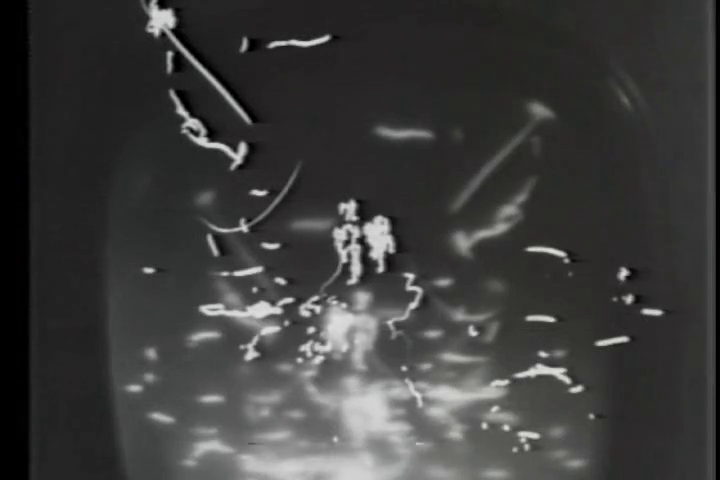
1 video in series
A formative video featuring Wendy Clarke and her mother, Shirley. It is in this video that Wendy saw the potential to use video as a tool for self discovery since you could see yourself in real time captured on screen rather than having to wait and process film. After this video was finished, Wendy told her mother that she wanted a Portapak, starting her career with digital exploration.
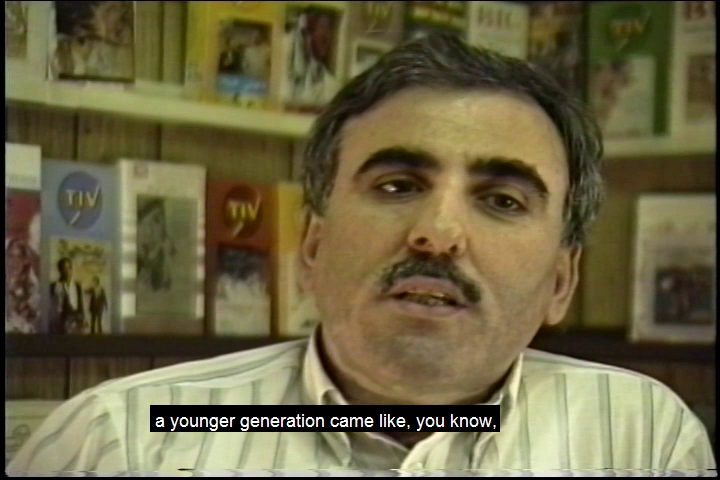
8 videos in series
In coordination with the New-York Historical Society, Wendy Clarke sought out participants all over the city, from all five boroughs, from different age groups, socio-economic standings, professions, racial and ethnic backgrounds, and countries of origin, to talk about their lives in the city. By working with participants in their neighborhoods, Clarke also documents the sights and sounds of the city, adding depth to contemporary understandings of life in New York City. Stories told in the collection include participants’ reflections about the city’s changes, their social ties to its neighborhoods or organizations, their various professional responsibilities, or in some cases, their experiences in immigrating the city and the U.S.
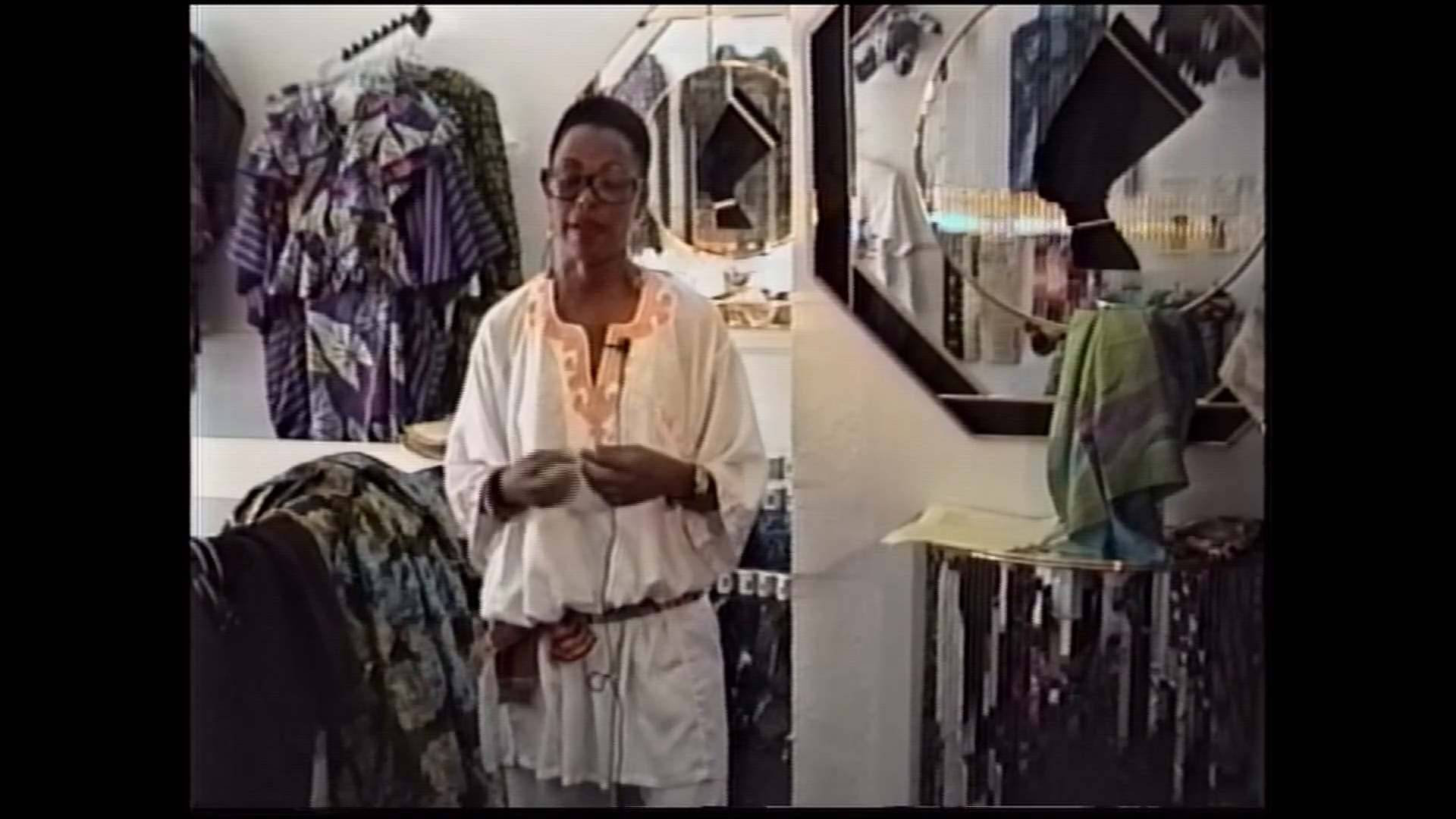
44 videos in series
Wendy Clarke produced the One-on-One project while an artist-in-residence at the California Institute for Men in Chino, California. She provided tapes for inmates to send a video message to the outside world. Outsiders, specifically residents of the Crenshaw neighborhood and members of the Church in Ocean Park in Santa Monica, then selected tapes and composed video responses. The two in conversation were otherwise prohibited from communicating, leaving the tape as an enabler, allowing seemingly cursory exchanges to develop into profound observations on connection, (in)equality, and the realities of the prison industrial complex.
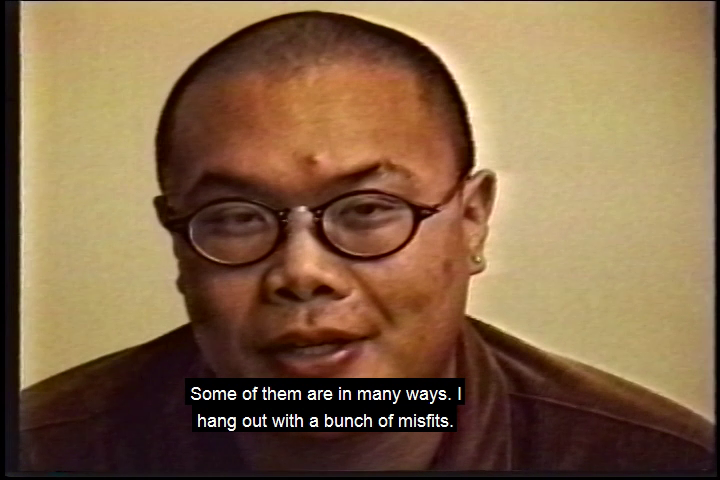
3 videos in series
Wendy Clarke collaborated with psychologist Ralph Bruneau on Growing Up Gay: Out Tapes, a 1995 project highlights LGBTQ stories. In this video project, each participant would hold up a photo from their past, usually from childhood, and talk about what they see in that person and how they have changed.
127 videos in series
In 1972, Wendy Clarke began a personal video diary that she used “as a tool for expressing my true feelings, needs, and wants, and to see if I was being honest.” Tapes from Wendy Clarke's video journal are a part of the collection, but are not available for online viewing. These tapes must be viewed on-site at the Wisconsin Center for Film and Theater Research in Madison, WI